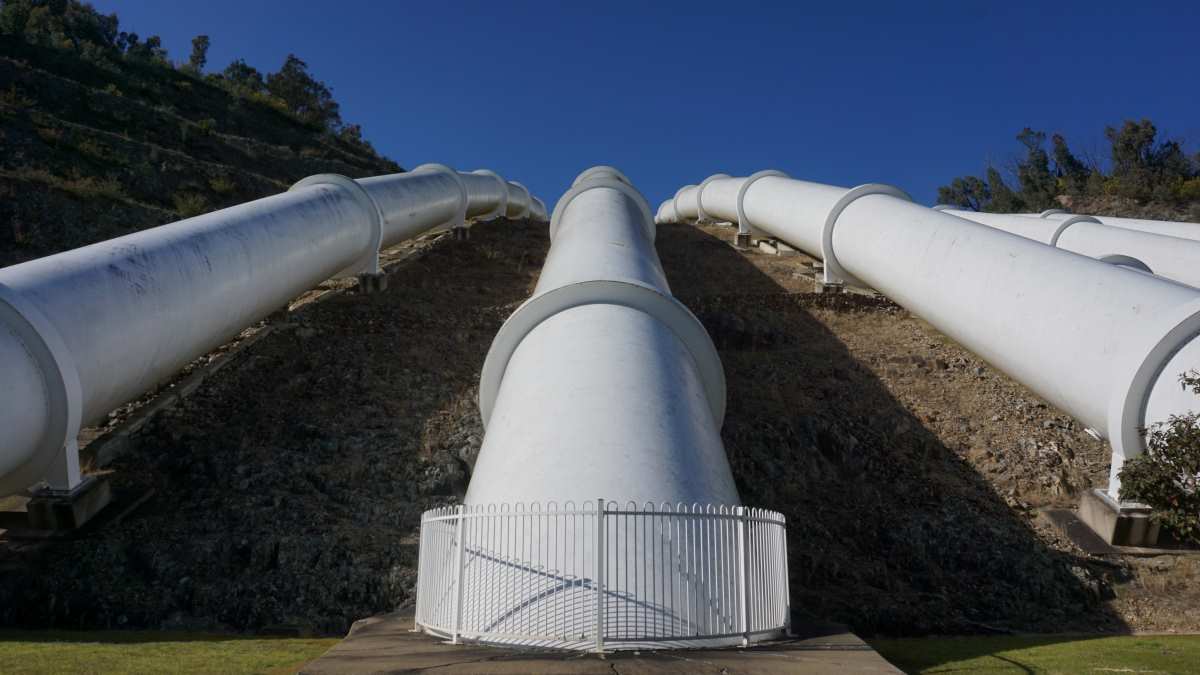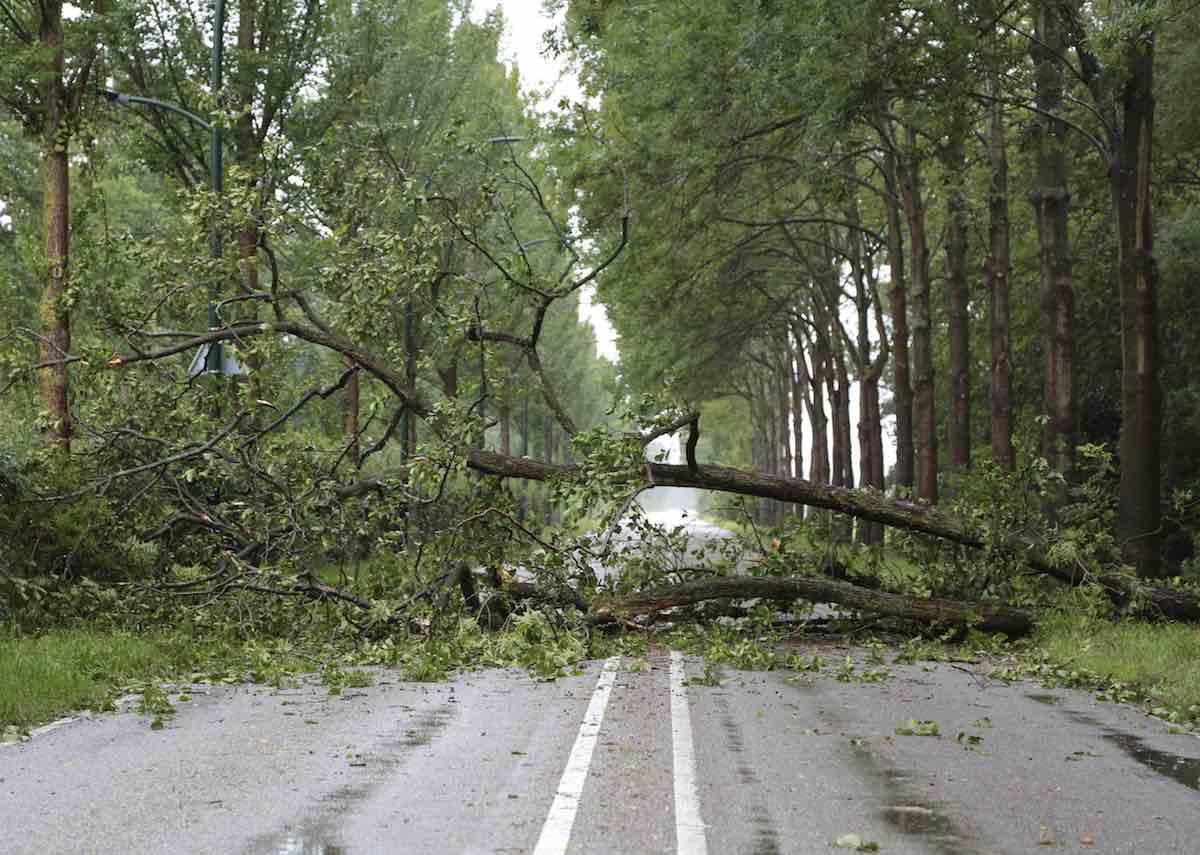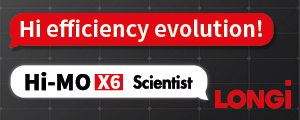In Italy and in Germany, as in other important PV markets, cuts in governmental support for renewable energies have brought to a slowdown in new installations, putting a lot of PV developers in financial difficulties. But there is a thriving market made up of thousands of existing plants to sell, buy, refinance or make more efficient for exemple in Italy about half of the € 50 billion invested in PV consists of assets that could be traded in the next 3-5 years. Can the secondary market give the PV sector the economic strenght to overcome this moment? We asked it to Felix Krause, CEO of Milk the Sun an online marketplace for the international trading of photovoltaic project rights and installed PV-plants.
Can PV secondary market help make PV more competitive? How?
The recent years have brought numerous instabilities to the photovoltaic market. The on-going Euro crisis has forced layoffs and cuts in production for many in the PV industry, while others have had to declare insolvency. These issues have contributed to the standstill in the photovoltaic industry experienced in many countries. Additionally, the constant cuts in governmental support for renewable energies have not encouraged investments in solar installations. The key to solving the problem of this currently unstable investment climate will be making people aware of the profitability of allocating funds to PV assets. Overall, there is still a great deal of interest in investing in PV. However, the investment patterns might be changing and capital is worldwide moving. These international trades should be facilitated via easy and transparent processes. Online platforms, replacing the long brokerage chains with a simplified one-on-one process, seem to be gaining in popularity and constitute a solution to problems in the secondary photovoltaic market.
The aim of the secondary PV market is to turn liquid assets that are usually seen as substantially illiquid, like PV plants. Which are the main obstacles to overcome?
Historically, the main issue for solar developers has been obtaining the necessary investment and equity in order to proceed with a project, but as the PV industry has became more developed there has arisen a stronger division of labor during the implementation of PV projects. This is fast becoming the new major challenge for the industry. This is a challenge because the division and deepening complexity of the solar market has ultimately led to a higher number of customer/contractor groups in different stages of the project. The payment obligations associated with this structure creates subsequent hurdles for the offloading of projects. When trying to offload a project the most common method is to use a long line of brokers, who are both expensive and add to the complexity of the deal. This process is complicated and expensive for both the buyer and the seller and it creates barriers for the timely trading of solar assets. Some would claim that it is the nature of solar investments that makes them fundamentally illiquid. PV investments often require long-term commitments for up to 20 years and rely on a committed payment schedule that will see a return on an investment only in the long term. The technology cannot be cheaply modified when in place to increase efficiency and investors require high returns on assets to compensate them for the relative higher cost of trading. All this leads to a lengthy due diligence process, which is required to assess the possible returns of the investment, this again increases the time in which a sale can be made. Although all these points have some truth they do not by necessity mean that the solar market must be static, the existence of a vibrant and open secondary market for projects would open up the speed of trades, making solar developments a more liquid asset class. This in-turn would make them more attractive to external investors, allowing short term strategic investments to become more feasible.
Which are the average rates of return guaranteed for investments in the secondary PV market in the different markets?
The return on investment remains between 5-10% (depending on the country; 7-8% in Germany, in Italy up to 13%), many investors are still deciding whether to allocate funds to RE projects. The key to solving the problem of this currently unstable investment climate will be making people aware of the profitability of allocating funds to PV business.
How risky is an investment in the secondary PV market?
There are a whole series of risks in solar investment: politics, an uncertain regulatory environment, financial uncertainty, bureaucratic delays and, in some countries, the risk of corruption and fraud. Every investor needs to know the political and regulatory context of the country in which they are investing. Investors certainly need to understand exactly who they are getting involved with when they select partners or intermediaries, which can be a far more important factor than the exact level of the country’s FiT. Nevertheless the constant cuts in governmental support for renewable energies have not encouraged investing money in solar installations. In Spain, in Germany, in France the Government is contemplating reductions for the thousands of installations that are already operating in the sector. The revenues generated by photovoltaic systems have several sources of uncertainty: like interannual solar variability and technical performance and maintenance costs. Investment in photovoltaic requires long-term, patient capital for a period of around 20 years, which until now has been seen as hindrance to developing solar installations. Many investors, afraid of such long-term commitments and unforeseeable liquidity requirements, decide against investing in renewable energies.
Which are the subjects that are investing more in this market?
Overall, there is still a great deal of interest in investing in PV. However, the investment patterns might be changing and capital is moving. Investors from southern European countries like Spain prefer to locate their money in the stable Northern parts of Europe where lower risk comes with a lower potential returns. In contrast, investors from Germany or Scandinavia are looking towards the so-called Sunbelt like in Italy where investments in renewable are more risky, but with larger potential payoffs. Just because a secondary solar market is required does not by necessity make it realistic, but with a closer look you will find the perfect conditions for the emergence of a vibrant secondary market place. Investors such as pension funds and insurance companies are often looking to the solar market for high potential long-term capital investments with reliable returns. Investing in the secondary market can often provide these investors more certainty than from the primary market, and by selling an operational PV installation there are no costs and risks associated with project development and construction. Although often offering a lower return they provide much higher investment security than a new PV project. In addition these projects often receive higher FITs based on their installation date, allowing for a more certain outlook in relation to investment return.
Which are the most interesting countries for secondary PV market?
The leader of the PV market, both primary and secondary, is Germany, with a capacity of 35,6 GW of which 3.304 MW was installed in 2013, substantially less that it did in 2012, when it added 7.6 GW. Italy follows with 18.2 GW, and together these two countries constitute the lion’s share of PV installations in Europe. These trends are reflected in the marketplace – projects from Germany and Italy are the most purchased via Milk the Sun, accounting for 40% and 35% of sales respectively. The remaining 25% is spread among various international projects. These emerging photovoltaic markets in regions like eastern and south-eastern Europe, as well as the USA, focus mainly on projects rights while countries with established markets are specializing in secondary markets.
How you evaluate the Italian secondary PV market?
Italy’s cumulative PV installations exceed 17 GW and solar energy contributes to over 7 percent of the energy generation mix. While it has become more difficult to build new PV plants due to the abolishment of the FIT (conto energia), there is still a considerable number of new plants every year. In 2013 80.000 plants have been installed.The Italian secondary market is constantly growing. In fact it can be observed that with the going down of the primary market the attention of investors is drawn to the secondary market. With plants already being in service risks are lower and costs are known. In regard of the primary market the auto consumption of PV generated electricity has become more important for the return of projects. Due to excellent solar isolation and high electricity costs most parts of Italy have reached grid parity: grid parity plays an important role in Sicily. The ‘Sunshine Country’ should have all the ideal characteristics to be world leader of grid parity. Even if the situation is still difficult for investors in Italy bank loans are given at normal conditions again. The secondary market is also interesting for investors who have no specific knowledge in PV, comforted by proven long term stability of returns.
What kind of services does Milk the Sun offer? How does your platform work?
The platform MilktheSun offers a marketplace for the international trading of photovoltaic project rights (primary market) and installed PV-plants (secondary market). Through our platform Milk the Sun creates a key liquid market for project developers and owners of solar plants, while providing an efficient acquisition tool for investors. Currently you can find online PV projects from Europe, Latin America, Japan, USA and Africa. The owner can insert or modify the data about their PV free of charge. The investor should pay a commission only in case of a definitive contract. The platform of Milk the Sun allows investors to view global projects directly; their price, income, size, FIT Rates, permissions etc. can all be viewed online. All negotiations are done directly between the investor and the developer with no complicating middle man. The difficulties of selling an operational system have been reduced, mainly due to lower broker costs and shortening the process to a few clicks on one website. Users of our site benefit from special offers for these services relating to solar PV and are able to compare them through our network.These include insurance, technical company management and legal counsel, among others. We have developed partnerships with reputable firms in all relevant fields of the PV development process, assisting users in the all round optimization of a project. Milk the Sun provides a free online calculator for determining the current sales price of photovoltaic plants. The calculation tool can be used for projects worldwide and considers different parameters, consumption rates, the appropriate sale value and the return a potential buyer can generate from their specific investment. With our UtilityScaleNetwork Milk the Sun offers a closed online marketplace for a chosen clientele. This guarantees the discretion and quality of a closed market combined with the range and professionalism offered by MilktheSun.com.



.jpg)

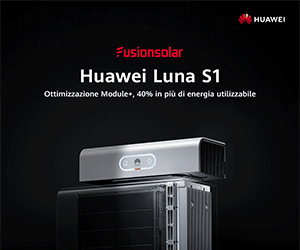







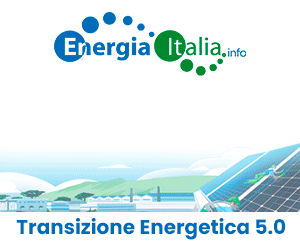


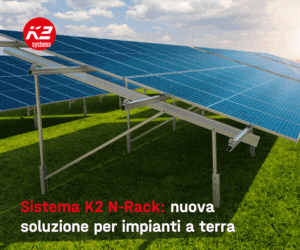








.gif)

